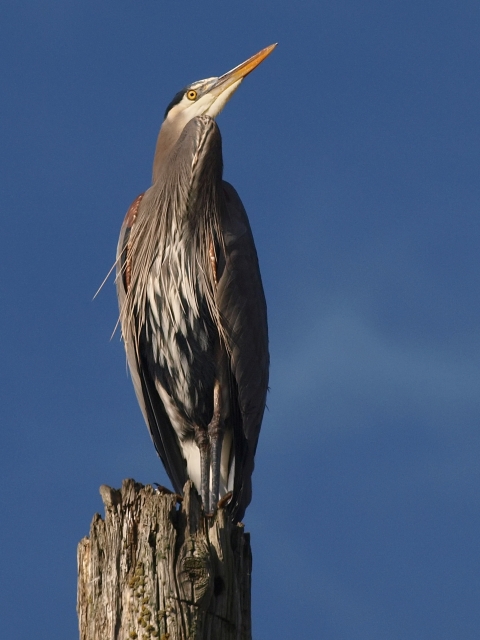What We Do
The National Wildlife Refuge System is a series of lands and waters owned and managed by the U.S. Fish and Wildlife Service. Wildlife conservation is at the heart of the refuge system. It drives everything we do from the purpose a refuge is established, to the recreational activities offered there, to the resource management tools we use.
Most of the work involves managing the habitat. It's about clearing vegetation from water control structures and pulling invasive species invasive species
An invasive species is any plant or animal that has spread or been introduced into a new area where they are, or could, cause harm to the environment, economy, or human, animal, or plant health. Their unwelcome presence can destroy ecosystems and cost millions of dollars.
Learn more about invasive species . It's about running backhoes and cutting trees. It's about create the special conditions so that others can visit exotic locations and see ferrets and sea turtles.
At Cold Springs NWR, much of the management is aimed at controlling invasive species, such as yellow starthistle. To help wildlife, refuge staff uses a variety of habitat management techniques to maintain, recover or enhance wildlife values in the shrub-steppe, as well as in other habitats. Refuge staff carefully considers any management techniques and employ them in varying degrees according to the situation. Prescribed burning, mowing, experimental bio-control insect releases, and seeding are all techniques used to help native plants in the shrub-steppe recover. Willow and cottonwood saplings are planted to expand and strengthen wildlife values in the riparian riparian
Definition of riparian habitat or riparian areas.
Learn more about riparian zones. Water levels are carefully monitored and controlled to foster desired plant growth in seasonal wetlands. Sometimes, sensitive areas are closed to the public so that the land can recover more quickly.
Law Enforcement
U.S. Fish and Wildlife Service law enforcement officers have a wide variety of duties and responsibilities. Officers help visitors understand and obey wildlife protection laws. They work closely with state and local government offices to enforce federal, state and refuge hunting regulations that protect migratory birds and other game species from illegal take and preserve legitimate hunting opportunities.

